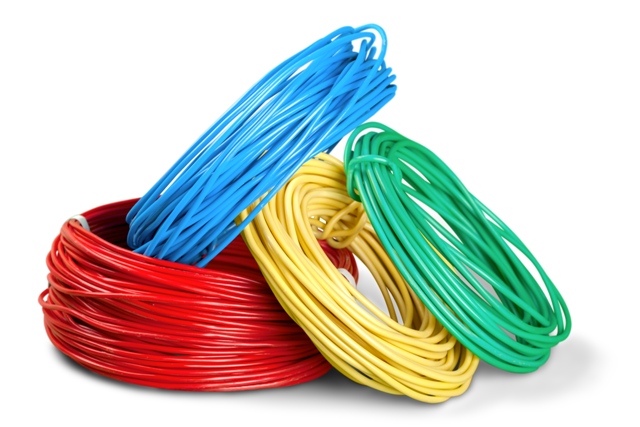Although habitually confused to be two terms for the identical thing, cable and wire are different in nature. Both are used in communication and electrical fields, and with a covering on the confusion are understandable. A wire is a signal conductor generally made of copper or aluminium. On the other hand, a cable is made of two or more protect wires all enfolded in one covering. Among the cables, orange circular cable is highly preferred for building and industrial plants. Multiple un-insulated conductors fall under the signal conductor categorization and are therefore considered to be a wire.

A wire is the conductors that formulate a cable. It is generally made of copper or aluminium to assure low resistance and cost. It is calculated by diameter. According to the diameter, the wire will be assembled by a gauge number. The wire will be thicker when gauge is small. Large wires will always transmit more current and may smash up the appliances by burning their fuses. Wires may also differ in their electrical capacity and insulation type.
A cable ends with a two or more insulated wires enfolded in a covering. A cable had a warm/positive wire carrying the current; a neutral wire can complete the loop and is frequently used in ground wiring. A cable is categorized by the number of wires it is made of and their gauge. The orange circular cable is mostly preferred in industrial plants to avoid mechanical damage. Cables are distinct with letters and numbers signifying the cable’s wires and insulation type.
While using these wires and cables, Always refer to manufacturer’s advice for use and application. Replace the Damaged or torn cables or wires instantly. Assure all the wires and cables are polarized and have protection closures and avoid placing cables and wires where they can be tripped exposure.





